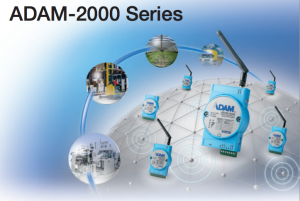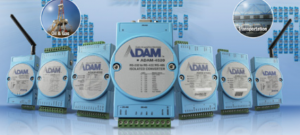 In its infancy, the Internet provided most users a new means of human-to-human communication. If I visited your company’s website, it was to see and read graphical and textual information about your company and its products, and to identify an email address or phone number by which to contact you.
In its infancy, the Internet provided most users a new means of human-to-human communication. If I visited your company’s website, it was to see and read graphical and textual information about your company and its products, and to identify an email address or phone number by which to contact you.
Next came e-commerce, or human-to-machine communication. I visited your company’s website to see and read information about products and to purchase selected items. Your website’s shopping-cart system automated the purchase transaction, securing my order and processing my payment. You completed the process by putting the items I purchased in a box and shipping it to me.
Now we’re well into the age of the Internet of Things, defined by a preponderance of machine-to-machine communication. The most widely repeated estimate claims there will be 50-billion “things” connected to the Internet by the year 2020. What we know for sure is that the total number of Internet-connected things had already exceeded the total number of people on Earth during the year 2008.
Wireless sensors strapped to cattle report their conditions and locations, and each such sensor sends as much as 200 megabytes of data annually. Other wireless sensors continuously monitor and report the cardiac condition of heart patients. Smartphones track, record and transmit our every movement to a range of interested enterprises. Smartphones capture images measuring megabytes per file, many of which are automatically transmitted to Cloud-based storage. Given the number of connected things I alone already account for, I can easily accept that 50-billion/2020 estimate.
What do all of these connected “things” have in common? Each, by definition, requires a connection to the Internet, whether wired or wireless, and Advantech offers a remote I/O solution appropriate for every industrial IoT application.
The Internet of Things is typically implemented in four hierarchical layers consisting of applications, services, networks and devices. The application layer covers everything from environmental monitoring to building automation to smart homes, while the service layer is represented by Cloud computing, the network layer consists of wireless and wired network infrastructures, and the device layer connects all of those various “things” to the Internet. That device layer – end nodes – is key.
As industries increasingly rely on wireless remote I/O modules to serve as those all-important device-layer end nodes, Advantech’s cost-effective, efficient and reliable ADAM-2000 Series of M2M I/O modules have become the solution of choice.
All of Advantech’s ADAM-2000 Series remote I/O modules feature:
- The globally-deployable wireless ISM 2.4GHz IEEE 802.15.4 standard;
- Support of Modbus RTU;
- Low power consumption;
- Support for Advantech and third-party SCADA software;
- An event triggering function;
- Over-the-air firmware updates; and
- Site-survey monitoring.

For a comprehensive description of all Advantech remote I/O solutions, please see its 30-page report, Complete Remote Measurement and Control Systems for Industrial Applications.













